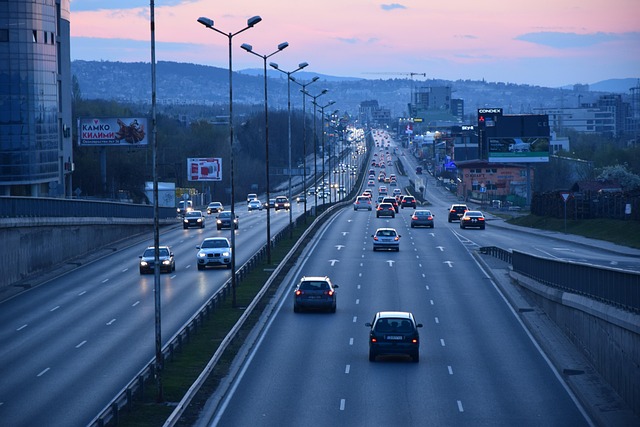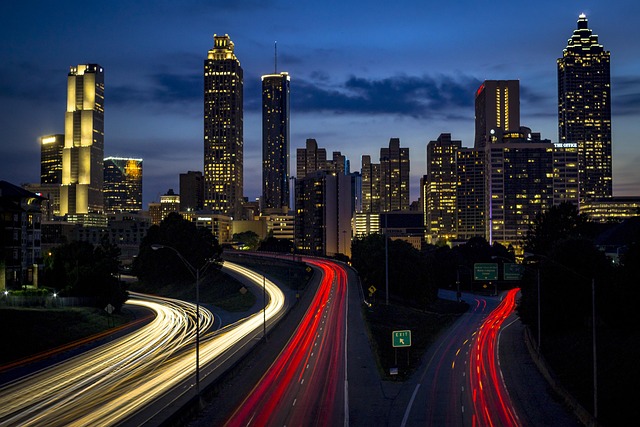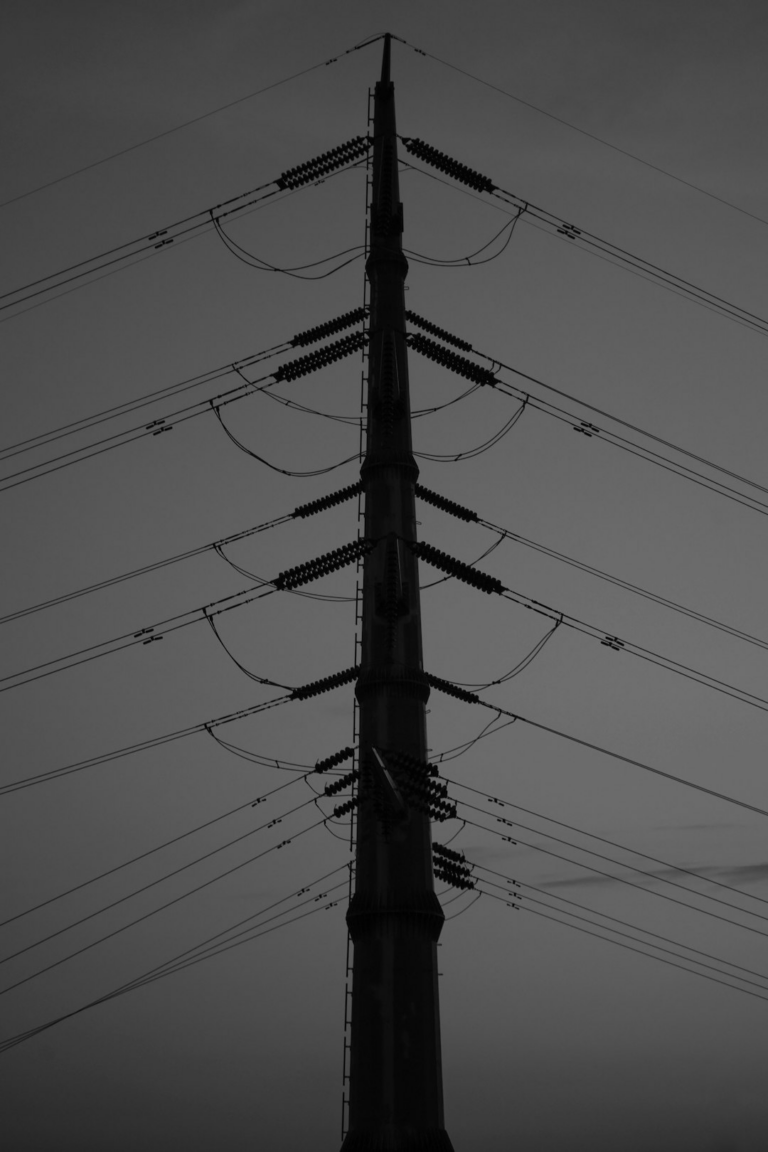
Karachi, Pakistan's economic hub, relies on an extensive motorway network for urban mobility, revolutionizing commuting and fostering economic growth. The network has evolved over time, incorporating smart city features and planning for future needs, including pedestrian walkways and cycling lanes. Balanced land development along motorways offers opportunities while presenting challenges, requiring developers to integrate smart technologies, eco-friendly designs, and preservation of the city's historical fabric to create sustainable urban spaces that maintain Karachi's vibrancy and unique character.
Karachi, Pakistan’s economic powerhouse, has witnessed remarkable urban transformation, with its motorway network playing a pivotal role in shaping mobility. This article delves into the intricate relationship between land development and Karachi’s motorways, tracing their evolution from past to present and exploring future prospects. We examine how adjacent land use has adapted, navigating challenges while embracing opportunities, ultimately redefining Karachi’s skyline. By understanding this dynamic, we gain insights into sustainable urban growth in one of South Asia’s most vibrant metropolitan areas.
- Understanding Karachi's Motorway Network: A Backbone of Urban Mobility
- The Evolution of Land Development Along Karachi's Motorways: Past, Present, and Future
- Navigating Challenges and Opportunities: Shaping the Skyline of Karachi through Motorway-Adjacent Land Development
Understanding Karachi's Motorway Network: A Backbone of Urban Mobility

Karachi, Pakistan’s economic hub, boasts an intricate motorway network that serves as the city’s lifeblood for urban mobility. This extensive system, spanning hundreds of kilometers, connects various parts of the metropolis, facilitating seamless travel and commerce. The Karachi Motorway, a key component, is not just a road; it’s a dynamic corridor enabling efficient movement of people and goods. Its strategic layout ensures that the bustling city doesn’t lose its rhythm, even during peak hours.
This network has revolutionized urban commuting, reducing travel times significantly and easing traffic congestion. The seamless connectivity between different areas fosters economic growth by enhancing business operations and accessibility. As Karachi continues to evolve, its motorway infrastructure remains a crucial pillar, shaping the city’s future and catering to its ever-growing needs.
The Evolution of Land Development Along Karachi's Motorways: Past, Present, and Future

Karachi’s motorway network has witnessed a remarkable evolution in land development, reflecting the city’s growth and changing landscape over time. Historically, these motorways were primarily designed to ease traffic congestion and enhance connectivity across the metropolis. The initial phases focused on constructing robust infrastructure, including paved roads and bridges, to support the burgeoning urban center. As Karachi expanded, so did its motorway system, with new routes and expansions catering to the increasing demand for efficient transportation.
In recent years, the development along these motorways has taken on a more multifaceted character. Beyond mere road construction, there’s a growing emphasis on integrating smart city initiatives, such as digital signage, traffic management systems, and green spaces, to create a more sustainable and livable environment. The present trends suggest that Karachi’s future motorway developments will prioritize comprehensive urban planning, incorporating elements like pedestrian walkways, cycling lanes, and improved public transport access, thereby shaping a more connected, eco-conscious, and technologically advanced metropolitan area.
Navigating Challenges and Opportunities: Shaping the Skyline of Karachi through Motorway-Adjacent Land Development

Karachi, as Pakistan’s economic powerhouse, presents a unique landscape of opportunities and challenges in land development, especially along its vibrant motorway network. The strategic location and heavy traffic flow make adjacent lands highly valuable, attracting developers with visions of towering skyscrapers and expansive urban complexes. However, navigating this potential requires careful consideration of environmental impacts, infrastructure capacity, and ensuring sustainable growth patterns that respect the city’s existing fabric.
The key to shaping Karachi’s skyline lies in balanced development, leveraging the motorway’s accessibility while preserving green spaces and historic sites. By integrating smart city initiatives, efficient public transport systems, and eco-friendly designs, adjacent land developments can become models of urban living, enhancing the quality of life for residents and visitors alike. This approach not only addresses the pressing need for more commercial and residential space but also contributes to a more vibrant, resilient, and sustainable Karachi.
Karachi’s motorway network has not only revolutionized urban mobility but also played a pivotal role in shaping the city’s landscape. The evolution of land development along these motorways reflects the dynamic nature of Karachi, transforming from past industrial hubs to present-day vibrant commercial centers. As the city continues to grow, understanding and addressing the challenges and opportunities presented by motorway-adjacent land development is crucial for fostering sustainable urban growth in Karachi. By leveraging strategic planning and innovative solutions, we can unlock the full potential of these corridors, ensuring a prosperous and interconnected future for all.






